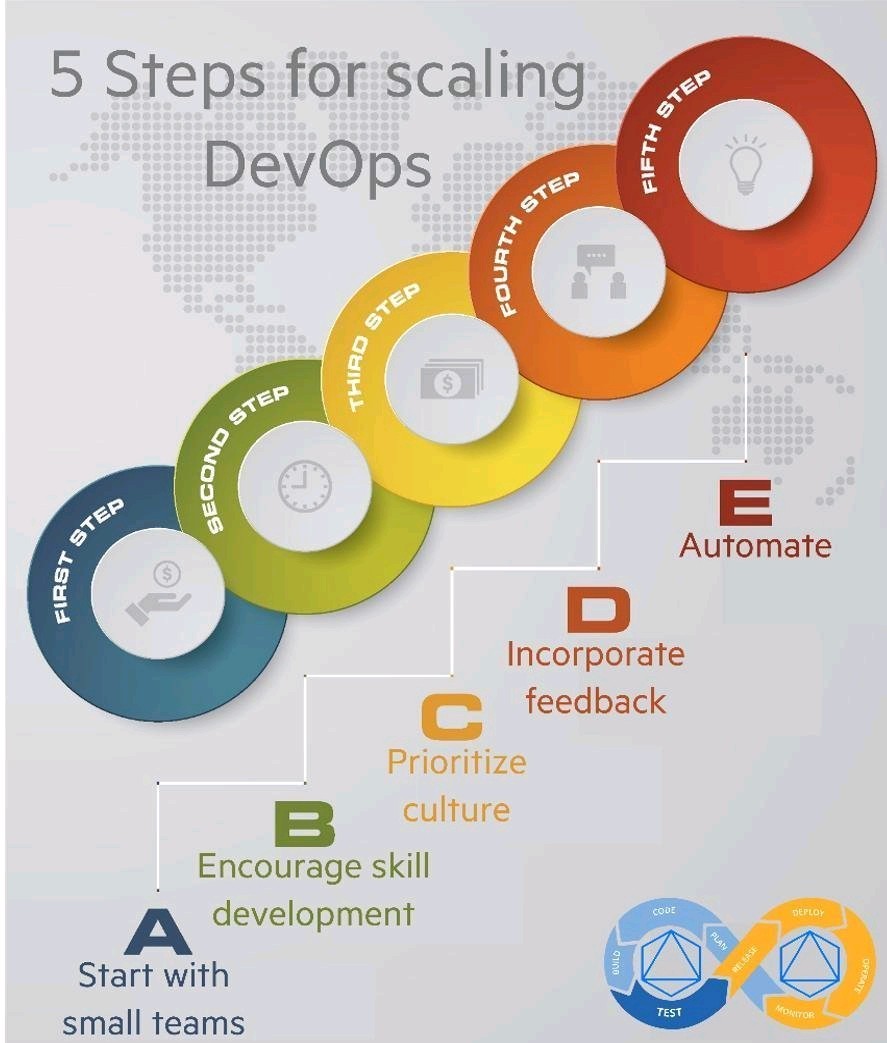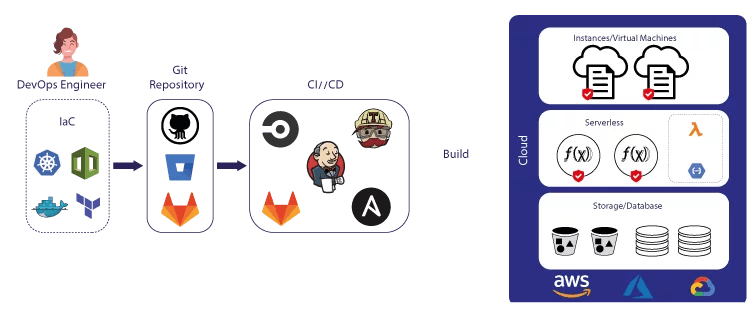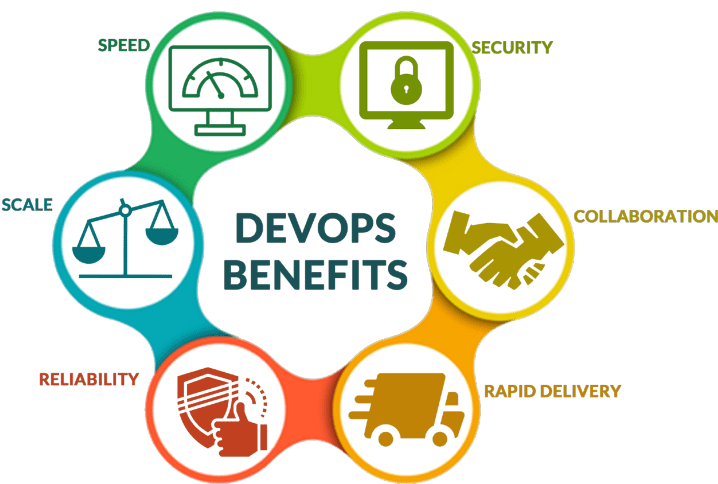DevOps is a combination of two words dev & ops- Development and Operations.
DevOps is a culture that implements the technology in order to promote collaboration between the developer team and the operations team to deploy code to production faster in an automated and repeatable way.
Why DevOps?
The goal of DevOps is to increase an organization’s speed when it comes to delivering applications and services. Many companies have successfully implemented DevOps to enhance their user experience including Amazon, Netflix, etc.
Traditional IT has 1000s lines of code and is created by different teams with different standards whereas DevOps is created by one team with intimate knowledge of the product. Traditional IT is complex to understand and DevOps is easily understandable.
Automation in DevOps:

Automation is a critical component of DevOps. It involves automating the entire software delivery process, from code creation to testing, deployment, and monitoring. Automation enables teams to eliminate manual tasks, reduce errors, and deliver software faster. Some examples of automation in DevOps include:
Continuous Integration (CI): CI involves automatically building and testing code changes as soon as they are committed to the code repository.
Continuous Delivery (CD): CD involves automatically deploying code changes to production as soon as they pass all tests.
Infrastructure as Code (IaC): IaC involves using code to automate the creation and management of infrastructure, such as servers and networks.
Automated Testing: Automated testing involves using tools to automatically test software, reducing the risk of human error and improving quality.
Scaling in DevOps:

Scaling is another critical component of DevOps. It involves designing and implementing systems that can handle increased load and traffic. Scaling enables teams to deliver software that can handle a high volume of users and traffic. Some examples of scaling in DevOps include:
Horizontal Scaling: Horizontal scaling involves adding more instances of an application or service to handle increased load.
Vertical Scaling: Vertical scaling involves increasing the resources, such as CPU and RAM, of a single instance of an application or service to handle increased load.
Load Balancing: Load balancing involves distributing traffic across multiple instances of an application or service to improve performance and handle increased load.
Infrastructure in DevOps:

Infrastructure is a key component of DevOps. It involves designing and managing the hardware and software required to run applications and services. Infrastructure can be physical, such as servers and networks, or virtual, such as cloud-based servers and networks. Some examples of infrastructure in DevOps include:
Cloud Computing: Cloud computing involves using remote servers and networks to run applications and services, reducing the need for physical hardware and infrastructure.
Containers: Containers are lightweight, portable, and isolated environments that can run applications and services, simplifying deployment and management.
Configuration Management: Configuration management involves using tools to manage the configuration of infrastructure, such as servers and networks, ensuring consistency and reducing errors.
Why is DevOps Important?
DevOps—the amalgamation of development (Dev) and operations (Ops) teams—is an organizational approach that enables faster development of applications and easier maintenance of existing deployments. By enabling organizations to create stronger bonds between Dev, Ops and other stakeholders in the company, DevOps promotes shorter, more controllable iterations through the adoption of best practices, automation and new tools. DevOps is not a technology per se, but it covers everything from the organisation to culture, processes and tooling. Initial steps usually include Continuous integration and continuous delivery (CI/CD), real-time monitoring, incident response systems and collaboration platforms.
